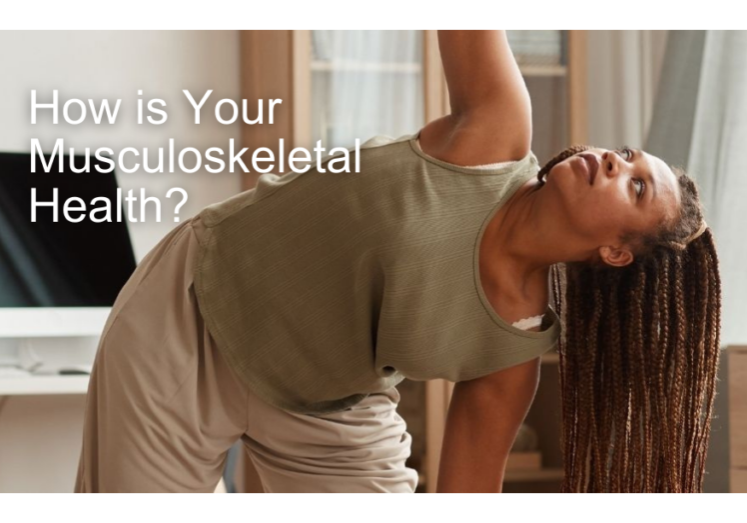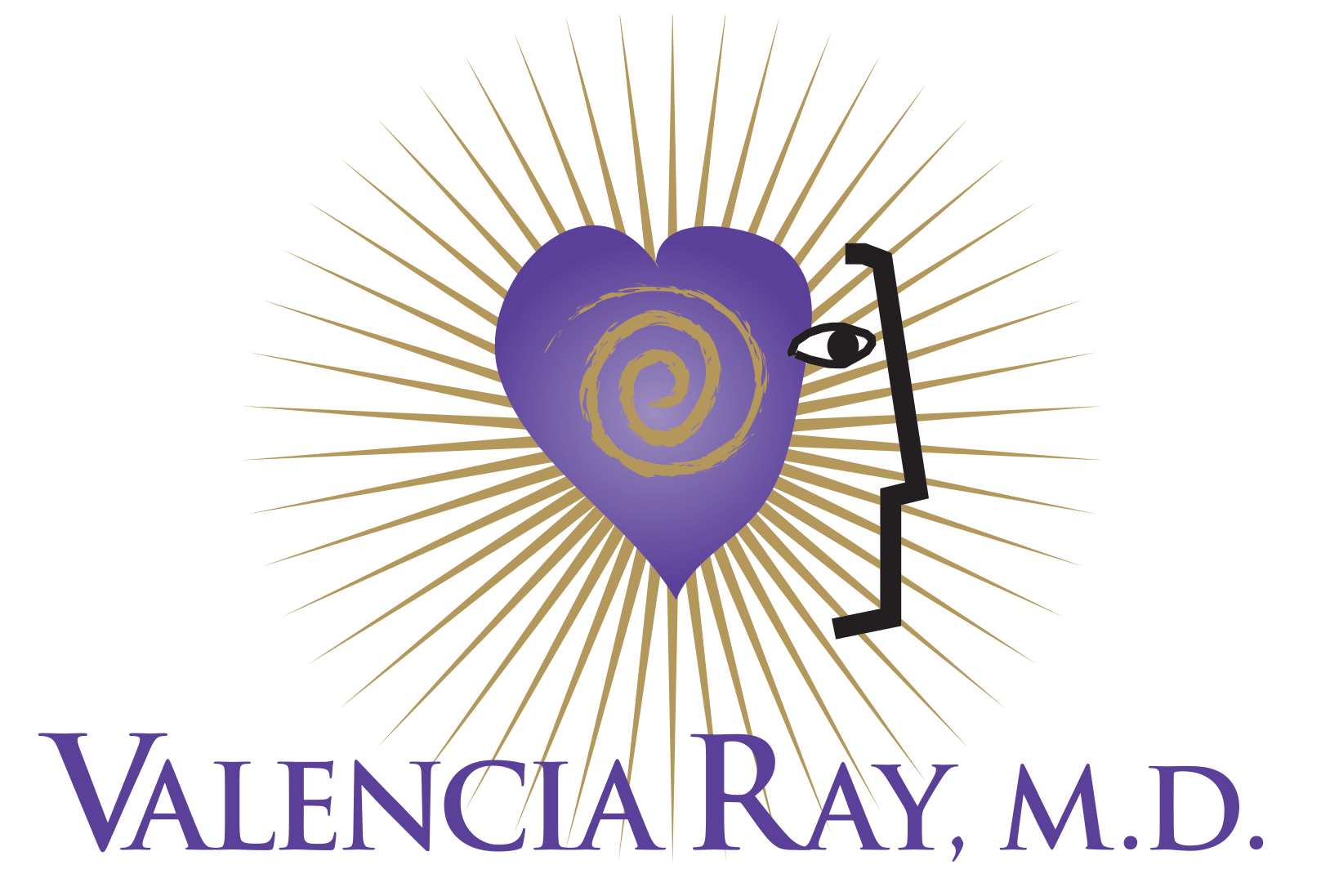How is Your Musculoskeletal Health?

The musculoskeletal system has a primary role: It provides your body with structure and movement, and it protects your internal organs – the heart, brain, liver, and kidneys – from injury by acting as a physical shield. But your body is not only a collection of systems which each have its own roles to play. The different systems are intricately interrelated and what affects one system affects the whole.
Having an imbalance in your physical body can lead to imbalances in your organs as well. Let’s talk about how and what you can do to keep your body strong.
What is the Musculoskeletal System?
The musculoskeletal system is a complex, interconnected network controlled by the nervous system. It’s comprised of the body’s:
- Bones/skeleton
- Muscles
- Tendons
- Ligaments
- Joints
- Other connective tissue
The skeleton provides a strong, supportive foundation to the network of muscles, tendons, fascia, ligaments, joints, and other connective tissue which work together to support your own weight and provide movement.
How Does Physical Pain Develop?
There are hundreds of potential reasons you may develop musculoskeletal pain, but some of the most common are related to injury, aging, and disease/conditions.
Injury
A myriad of injuries can affect the musculoskeletal system. They can result from falls, jerking movements, postural imbalance, and direct trauma that cause fractures, sprains, and dislocations.
Postural Imbalance
Poor posture regularly leads to musculoskeletal pain such as carpal tunnel syndrome, bursitis, chronic back pain, or sciatica. The compensations your body makes to accommodate these injuries and imbalances can themselves lead to pain in a whole new area of the body.
Aging
As we age, we naturally lose muscle mass and bone density. However, nutrition, stress levels, and exercise (or not) affects this, not just ‘age’. Decreased muscle mass affects our stability and ability to ward off injury, while decreased bone density as in osteoporosis leaves us more susceptible to bone fractures. Cartilage also begins to wear down as we age causing osteoarthritis pain, stiffness, and a limited range of motion. Some of our chronic conditions and deterioration is not just from ‘age’ as much as it is due a lifetime of poor self-care and nutrition.
Disease Conditions
Arthritis is the most common condition that causes musculoskeletal pain in people of all age groups. Both Osteo and Rheumatoid types cause inflammation that results in pain, stiffness, and a limited range of motion. Other conditions such as gout, fibromyalgia, muscular dystrophy and scoliosis can also lead to chronic pain.
What Affects One System Affects the Whole
Musculoskeletal imbalance leads to lower mobility which affects other systems in the body such as the lymphatic and digestive systems which rely on the body’s movement to help them dispose of waste and toxins.
The respiratory system is also affected, often in the form of shorter breaths and less oxygenation due to postural issues and immobility. This in turn affects the cardiovascular system which has to work harder to oxygenate the body – not to mention areas of compression from sitting which can lead to high blood pressure and even arterial damage. This circulation damage can affect bones, nerves, and tissue in the area affect by chronic sitting without taking breaks.
Researchers at the University of California have even discovered a connection between sedentary behavior and thinning regions in the brain that is critical to new memory formation. Take exercise breaks – dance, trampoline, brisk walk! It all helps!
How to look after your Musculoskeletal system so it looks after you
One thing is for sure, the chronic aches and pains that develop and linger in your body don’t usually go away on their own. They need help in the form of a health-focused lifestyle, a conscious effort to reduce inflammation, restorative movement, and activity.
Maintaining your overall general health is the best way to keep your musculoskeletal system resilient to the insults of daily life. Eating a well-balanced diet, participating in regular, moderate exercise, managing stress, and getting plenty of sleep every night all contribute to a healthy musculoskeletal system, as does not smoking and maintaining a healthy weight. Some additional guidelines include:
Stand Up Every Half Hour
Research tells us that people who stay sitting in the same position for less than 30 minutes at a time live longer! During the workday, meetings and deadlines don’t always offer the freedom to move but sitting in one position for prolonged periods has a significant impact on your health that goes beyond the inevitable stiff back. Set a timer on your phone as a helpful reminder to stand up regularly for a purposeful moment of movement.
Practice Regular Weight-Bearing Exercise
While aerobic exercise such as walking is a great way to oxygenate the body and does help prevent the loss of bone mass that can come with aging, it doesn’t increase your musculoskeletal strength.
Strength and resistance exercises are the keys to increasing your bone density – they include lifting weights, swimming, and cycling. The weight exerted by the exercise needs to be greater than what you would normally experience with everyday use in order to make a difference in bone density as well as increase the natural lubrication of the joints. Keep in mind that weight-bearing exercise strengthens the specific area that you are working out, making a regular full-body routine important.
Maintain a Strong Core
The system of muscles on the front, sides, and the back of the torso are collectively referred to as the core. These muscles are directly responsible for maintaining stability in the center of your body, in addition to supporting daily movements (such as walking, sitting, carrying your groceries, and playing sports). When these core muscles become weak, the musculoskeletal system is more prone to poor posture, bad biomechanics, and ultimately, to injuries and falls.
In addition to preventing injury and chronic pain, maintaining a strong core also promotes healthy digestion and immunity by enhancing blood circulation.
Keeping your core strong isn’t all about sit-ups – in fact, a deeper and more holistic approach to core strengthening is recommended. Pilates, for example, is a great way to maintain a strong core and is an accessible form of exercise for people of every age and fitness level.
Practice Functional Movement
Functional movement refers to exercising using movements that purposefully reflect real-life biomechanics. This includes everything from bending down to pick up a ball, turning quickly because you heard a crash, to simply walking up a flight of stairs. Functional movement exercises encompass all of the body’s movements and there are thousands of variations of the forms it can take.
Functional movement exercises are designed to counteract the physical decline and bad habits that sedentary modern living tends to cause and to strengthen the everyday functions required of the musculoskeletal system. They can be done at home and at your own pace. “The Functional Patterns” YouTube channel is a fantastic resource to learn more about functional movement and finding exercises to strengthen the musculoskeletal system. Their video Bad Posture – How to Fix Rounded Back Desk Posture is a great place to start.
Keep Inflammation at Bay with Supplements
There are a number of nutritional supplements that have been researched for their role in promoting healthy joint function their anti-inflammatory effects on the body, including:
- Fish oil
- Krill oil
- Curcumin / turmeric
- Glucosamine
- Chondroitin
- Boswellia serrata extract
- SAMe / S-adenosyl-L-methionine
- Devil’s claw
- MSM / Methylsulfonylmethane
I can help
Do you experience musculoskeletal weakness, pain or inflammation? Are you encountering health problems you think may be due to your sedentary lifestyle or a previous injury? As a functional/integrative healthcare practitioner, we can run the right tests and create a tailored plan to decrease your inflammation, manage your pain, and improve your musculoskeletal health. Book an appointment with our office, and together we will get to the root of the problem, so you can start living a healthier and stronger life.
You can schedule a time for a Discovery Call at this link: DISCOVERY CALL
You can connect with us in our private, free of charge Facebook Group, Vibrance and Vitality for Women 40+ HERE
Be well,
Valencia Ray, MD
Resources & References
Arendt-Nielsen, L., Fernández-de-Las-Peñas, C., & Graven-Nielsen, T. (2011). Basic aspects of musculoskeletal pain: from acute to chronic pain. The Journal of manual & manipulative therapy, 19(4), 186–193.
Patterns of Sedentary Behavior and Mortality in U.S. Middle-Aged and Older Adults – Keith M. Diaz, PhD, Virginia J. Howard, PhD, Brent Hutto, MSPH et al, Annals of Internal Medicine, October 2017
Dinc, E., Kilinc, B. E., Bulat, M., Erten, Y. T., & Bayraktar, B. (2017). Effects of special exercise programs on functional movement screen scores and injury prevention in preprofessional young football players. Journal of exercise rehabilitation, 13(5), 535–540. https://doi.org/10.12965/jer.1735068.534
Henrotin Y, Mobasheri A. Natural Products for Promoting Joint Health and Managing Osteoarthritis. Curr Rheumatol Rep. 2018 Sep 19;20(11):72. doi: 10.1007/s11926-018-0782-9. PMID: 30232562.
Lewis, R., Gómez Álvarez, C. B., Rayman, M., Lanham-New, S., Woolf, A., & Mobasheri, A. (2019). Strategies for optimising musculoskeletal health in the 21st century. BMC musculoskeletal disorders, 20(1), 164. https://doi.org/10.1186/s12891-019-2510-7
Miller SB. An Overview of the Musculoskeletal System. In: Walker HK, Hall WD, Hurst JW, editors. Clinical Methods: The History, Physical, and Laboratory Examinations. 3rd edition. Boston: Butterworths; 1990. Chapter 158.
Murphy, A. C., Muldoon, S. F., Baker, D., Lastowka, A., Bennett, B., Yang, M., & Bassett, D. S. (2018). Structure, function, and control of the human musculoskeletal network. PLoS biology, 16(1), e2002811. https://doi.org/10.1371/journal.pbio.2002811


